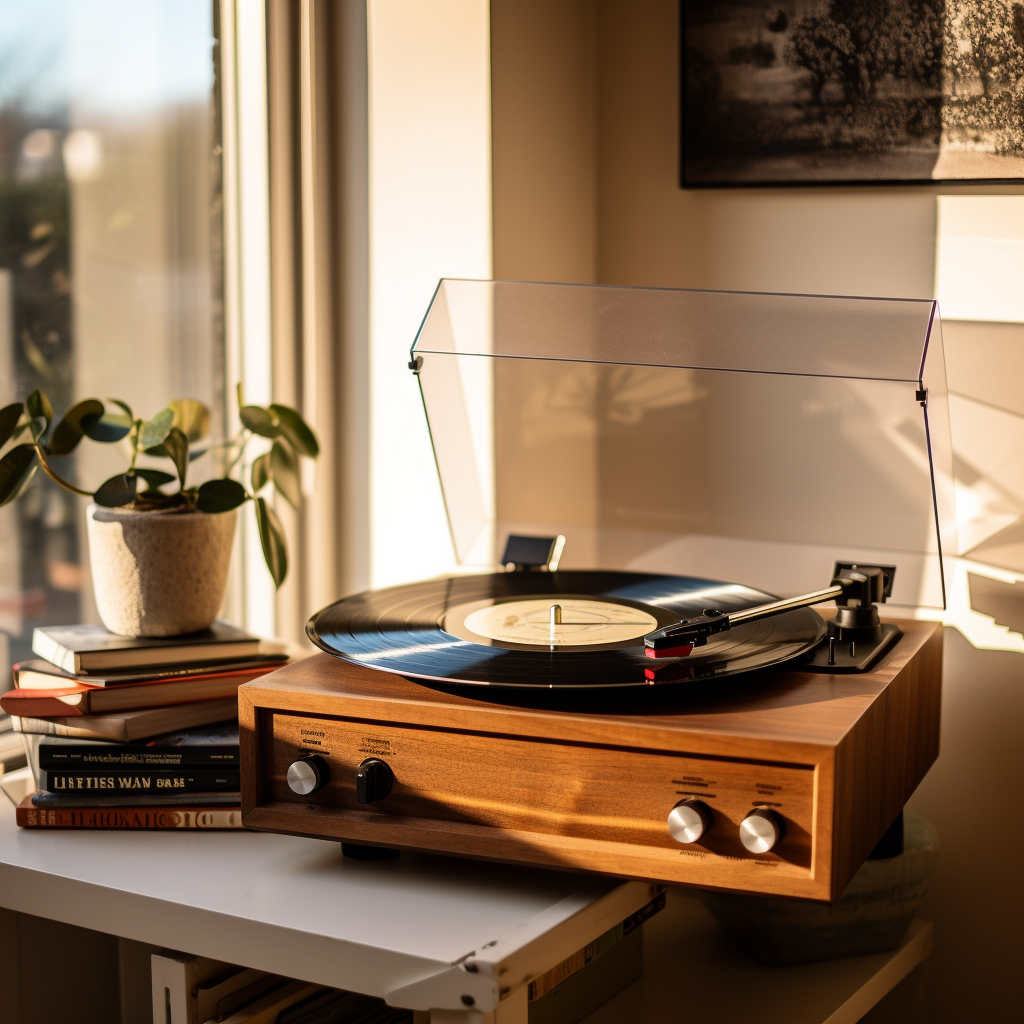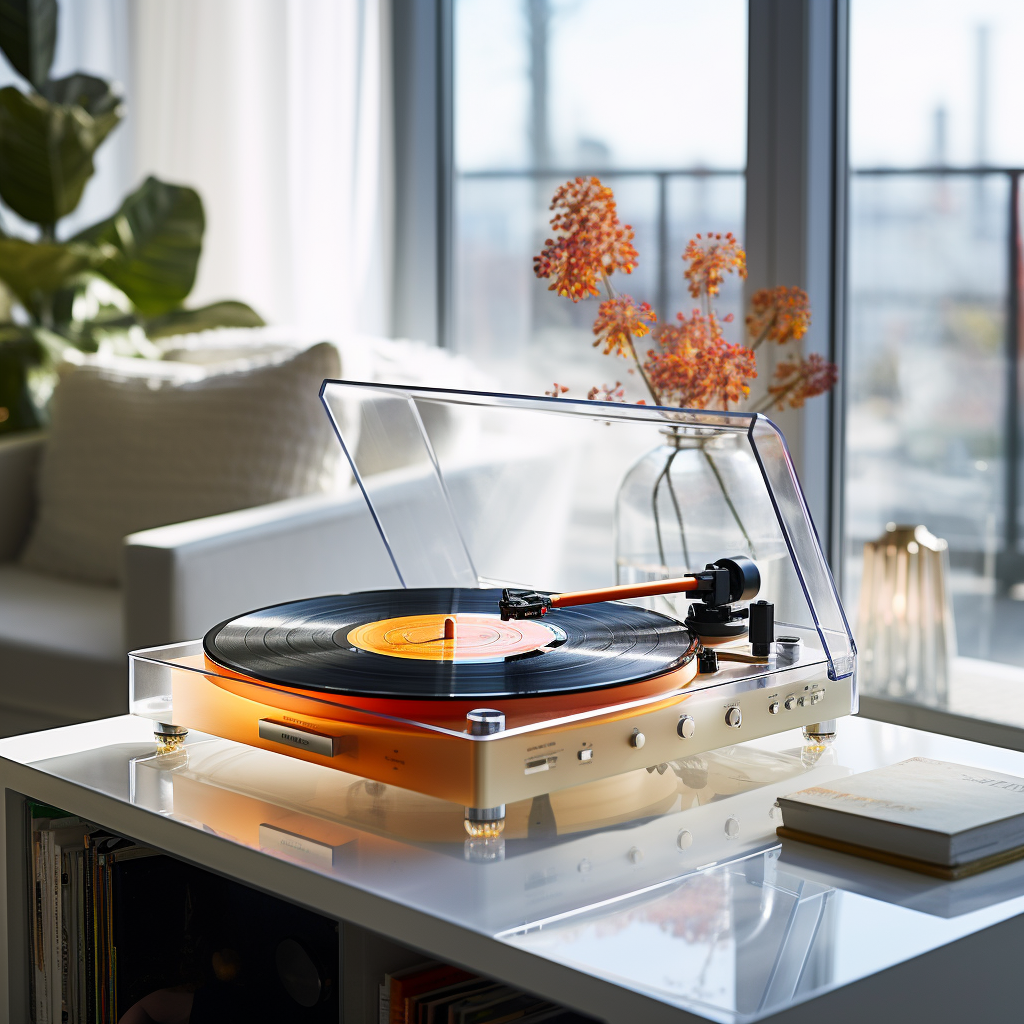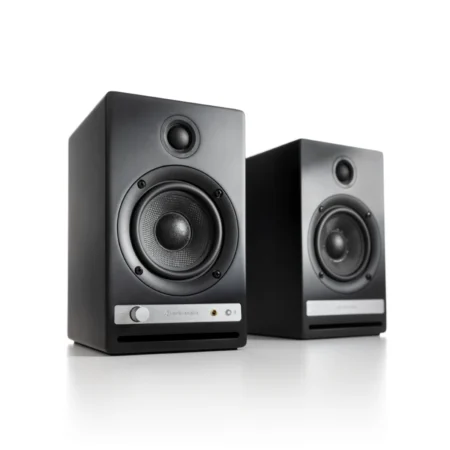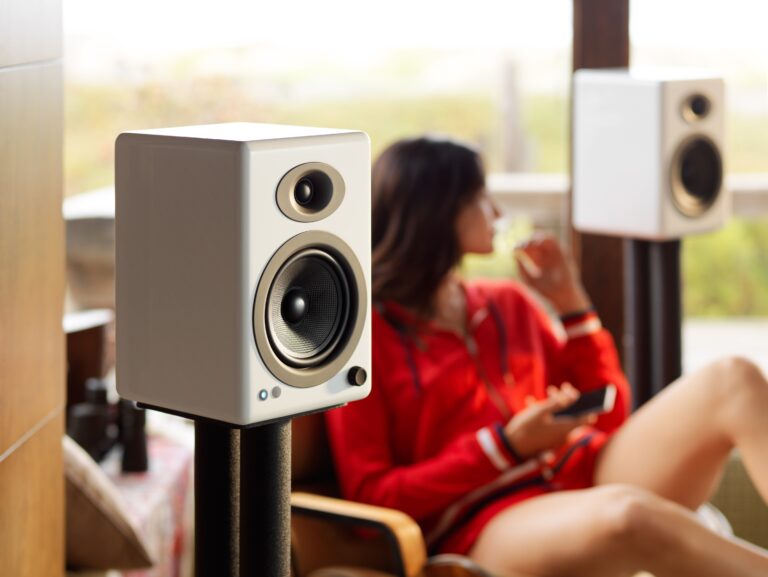Think all record players are created equal? Think again.
Let’s dive into the mechanics and materials that make a world of difference in your listening experience.
For those new to the audiophile world, a record player might seem pretty straightforward. Put the vinyl on, set the needle, and let the music play. But what many don't realize is that the quality of your listening experience comes down to the intricate engineering details of the record player itself.
Stabilizing Features: The Unsung Heroes
Motor Isolation
 A record player is a complex machine where even the smallest vibrations can have a huge impact on sound quality. One of the first things to consider is how well the turntable isolates the motor’s vibrations from the needle or stylus. Advanced models employ motor isolation techniques like suspension systems or decoupling mechanisms to mitigate any potential vibrations, ensuring that the needle precisely tracks the grooves on the vinyl.
A record player is a complex machine where even the smallest vibrations can have a huge impact on sound quality. One of the first things to consider is how well the turntable isolates the motor’s vibrations from the needle or stylus. Advanced models employ motor isolation techniques like suspension systems or decoupling mechanisms to mitigate any potential vibrations, ensuring that the needle precisely tracks the grooves on the vinyl.
Platter Balance
The platter is the rotating disc that holds the vinyl record. A well-balanced platter is critical for uniform rotation, which in turn reduces distortions like wow and flutter in the sound output. Higher-end models often incorporate a heavier, well-balanced platter, usually made from high-grade materials like acrylic or glass, to ensure stable rotations.
Tonearm Quality
The tonearm is another crucial component. It's the long arm that holds the needle and navigates the grooves of the vinyl. The material, balance, and design of the tonearm can significantly influence the sound output. For instance, a poorly designed tonearm can introduce distortions like skating, where the arm sways from side to side, affecting the tracking of the stylus. Premium models often feature adjustable counterweights and anti-skating controls, allowing for fine-tuned adjustments for more accurate tracking.
Materials Make the Player
Chassis
The chassis isn't just a cosmetic housing for the record player; it plays a critical role in minimizing vibrations and resonance that can distort sound quality. Aluminum is a common choice due to its high stiffness-to-weight ratio, effectively reducing vibrations. On the other hand, acrylic is valued for its ability to dampen resonance, offering a cleaner sound profile.
Carbon Fiber
Some high-end models go even further, employing carbon fiber in the chassis construction. Carbon fiber offers the best of both worlds: extreme rigidity and low weight, making it an ideal material for minimizing any form of distortion.
Platter
While metal platters are decent for beginners, acrylic and glass options exist for a reason. Acrylic platters, in particular, have a natural ability to suppress unwanted vibrations, ensuring that the stylus reads the grooves in the vinyl without any interference. Glass platters add a level of mass that aids in speed stability, although they can be prone to resonance if not properly designed.
Weight Matters
The weight of the platter also contributes to sound quality. Heavier platters, often found in premium models, resist speed fluctuations, offering a more stable and clear sound.
Needle
Diamond-tipped needles are a top choice among audiophiles for their durability and precision. However, the shape of the diamond also matters. Elliptical diamonds offer more accurate tracking than spherical ones, providing enhanced detail and less distortion.
Cantilever Material
The cantilever, the arm that holds the stylus, can be made from aluminum, boron, or even carbon fiber. Each material has its own set of advantages and disadvantages concerning rigidity, weight, and resonance characteristics.
Good, Better, Best: Rating the Essentials
Good
If you're just getting into vinyl, a belt-driven turntable with an aluminum platter and basic motor isolation will serve you well. These are often more affordable and provide a decent sound quality for the price.

Better
For the listener looking to step up their game, consider models with acrylic platters, advanced motor isolation techniques, and adjustable tonearms. These features contribute to a more stable and clear sound profile.

Best
For those who accept no compromises, a direct-drive turntable with a carbon fiber or high-grade aluminum chassis, a diamond-tipped needle with an elliptical shape, and a heavy, well-balanced acrylic platter is the way to go. These features optimize every aspect of the listening experience, from durability to sound clarity.

Conclusion
The world of record players is far more intricate than it appears at first glance. From the stabilizing features to the materials used, each aspect plays a critical role in shaping your audio experience. So, when you're in the market for a new record player, don't just look at the price tag or brand name—consider the engineering and craftsmanship that goes into making that piece of equipment.








